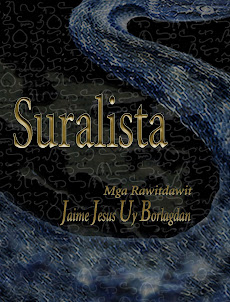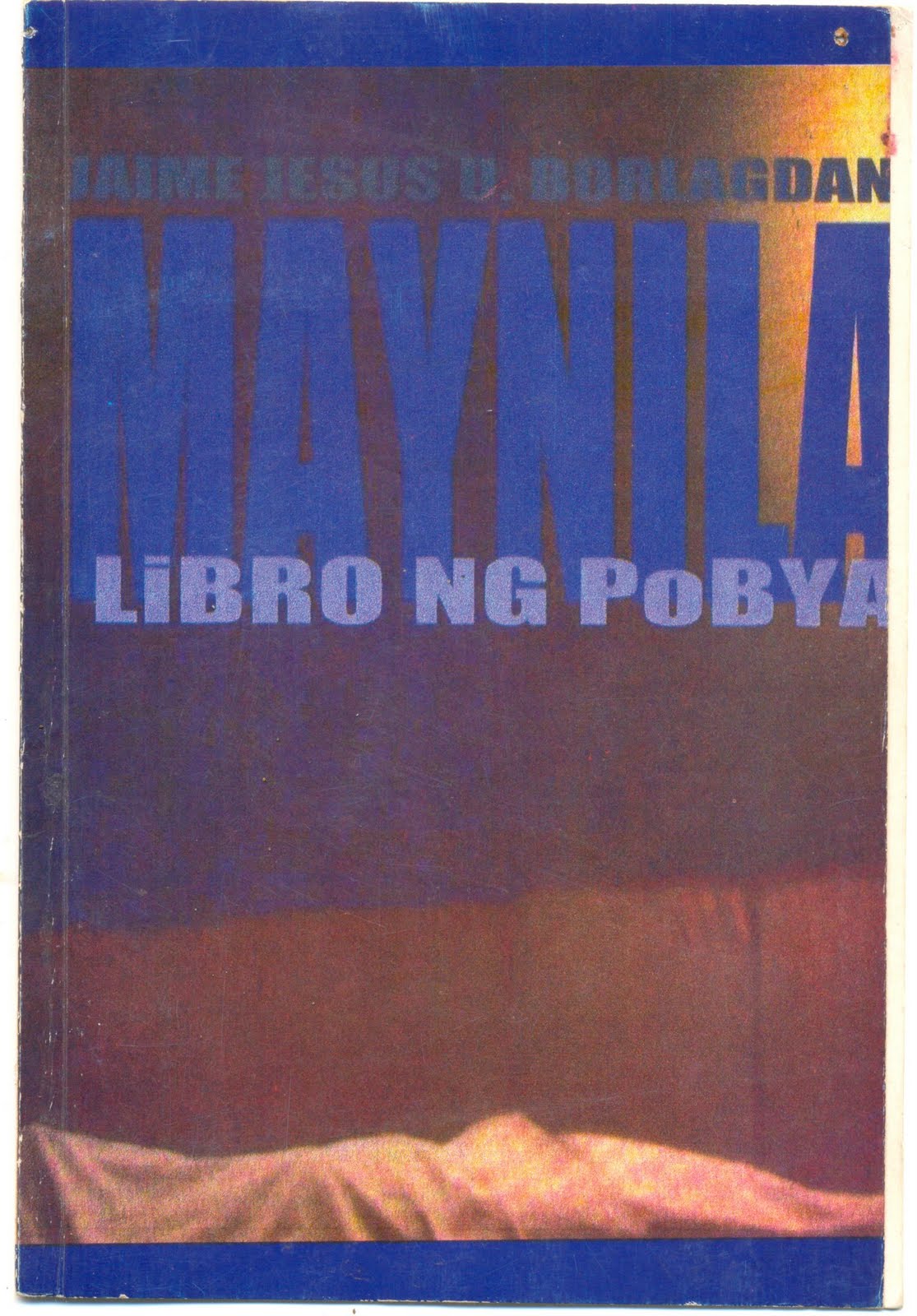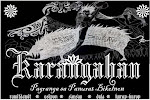1.
An pagbuswak iyo ini: pagbinalo mong laogon kan kan
Pero apisar kan
2.
Namumuyahan sana kan kan
An tanog kan
3.
Malipot buda hipid na kinaban, mga lugar kun sain priming handa an sakuyang mga armas. Dai digding pagkamuot sa luwas kan satuyang lawas buda pagkatawo; nagtiripon sana kan nagtitindang daga buda harong sa harayo buda berdeng subdibisyon, puon sana alas-diyes kan aga sagkod sa pagpalsok kan kan
4.
An pagbuswak arog kaini, an burak sa saimong hutok nag-uubak kan
Mayo 20, 2010. Megamall. Syudad kan









0 comments:
Post a Comment